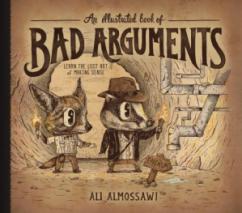What happens when an award-winning author and illustrator pair decide to tell the story of a larger-than-life, awe-inspiring woman? The answer is a sublime picture book biography, RESPECT: Aretha Franklin, the Queen of Soul by Carole Boston Weatherford and illustrated by Frank Morrison.

Aretha Franklin was an astounding singer who led an amazing life. Her early training was in gospel music, where she honed her unique sound. When she switched to rhythm and blues her career took off, spanning many years with a long series of hits. Aretha’s incredible voice makes you want to stand up, to cheer, to dance, and to take action.
The creative format of the book both captures and celebrates her spirit. Each double-paged spread shouts out one word that encapsulates an idea from Aretha Franklin’s life by spelling it out in capitals the same way she spells out the word in her song R-E-S-P-E-C-T. The word is followed by two lines of rhyming text that tell her story.
G-R-O-O-V-E
Aretha finds her groove when she’s rocking R&B.
No woman of her time has more cart-toppers than she.
RESPECT: Aretha Franklin, the Queen of Soul introduces young readers to an incredible singer and person. It will appeal to budding musicians and history buffs alike. E-N-J-O-Y a copy today!
See the rest of the review and an activity suggestion at Wrapped in Foil blog.
Copyright © 2020 Roberta Gibson All Rights Reserved.







 Cindy: At the public library, Lynn found this great new birding guide for children getting started in this rewarding hobby that gets them outside and active.
Cindy: At the public library, Lynn found this great new birding guide for children getting started in this rewarding hobby that gets them outside and active. 



 Lynn: You’d have to live in a cave in the wilderness not to know that far too many Americans have a very sketchy concept of what a fact actually is or how to verify it. The need to understand this important issue is one of national importance these days as it is clear that millions of adults don’t grasp the difference and the impact on our culture is stark. Here, with a great way to start addressing the issue, is Michael Rex with a fabulous picture book,
Lynn: You’d have to live in a cave in the wilderness not to know that far too many Americans have a very sketchy concept of what a fact actually is or how to verify it. The need to understand this important issue is one of national importance these days as it is clear that millions of adults don’t grasp the difference and the impact on our culture is stark. Here, with a great way to start addressing the issue, is Michael Rex with a fabulous picture book,  This book for the very young audience brings to mind a book for older students that we reviewed over at Booklist Reader during the last presidential election cycle and it’s worth mentioning again as the facts, opinions, and faulty logic arguments ratchet up. Read our blog post about
This book for the very young audience brings to mind a book for older students that we reviewed over at Booklist Reader during the last presidential election cycle and it’s worth mentioning again as the facts, opinions, and faulty logic arguments ratchet up. Read our blog post about 




